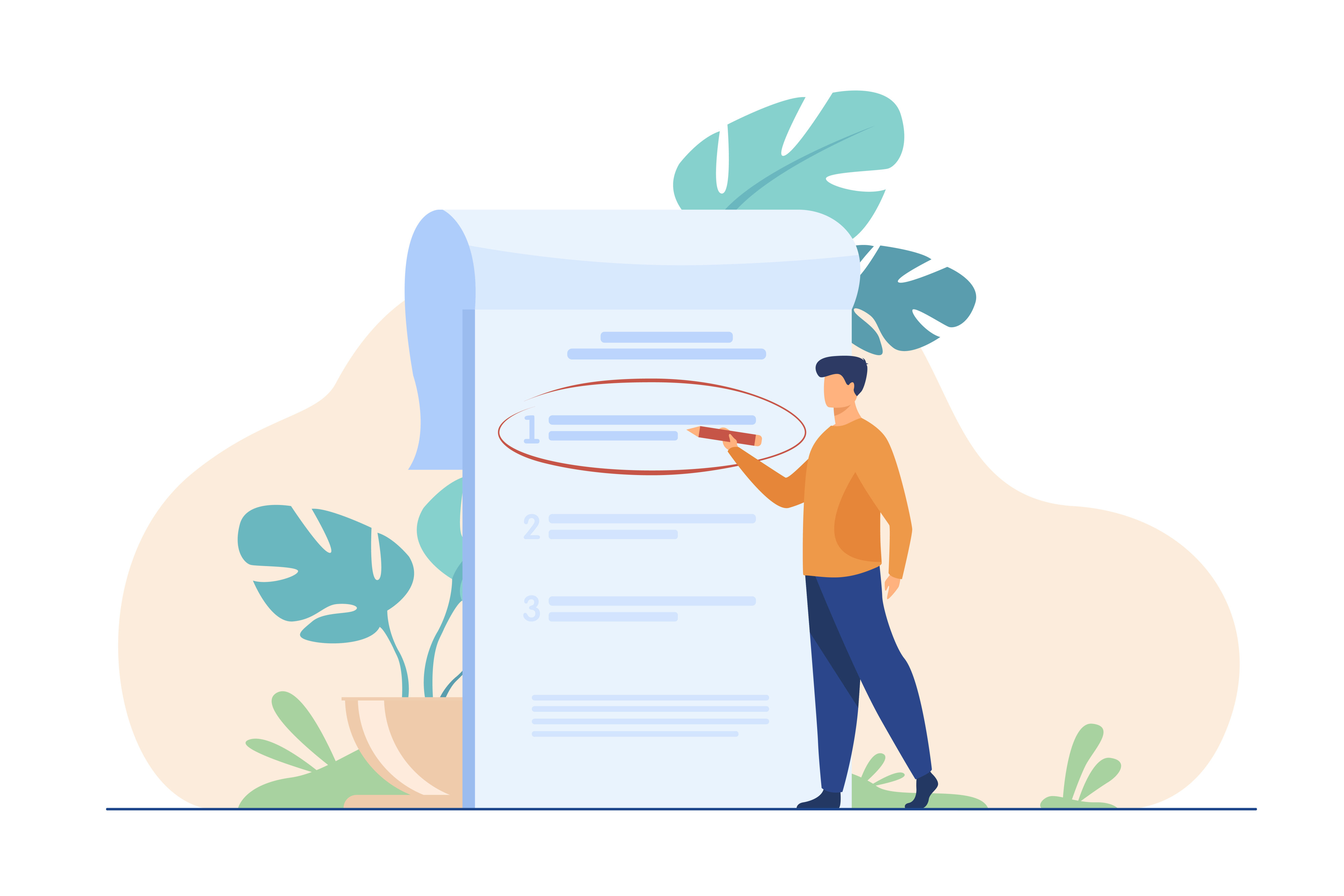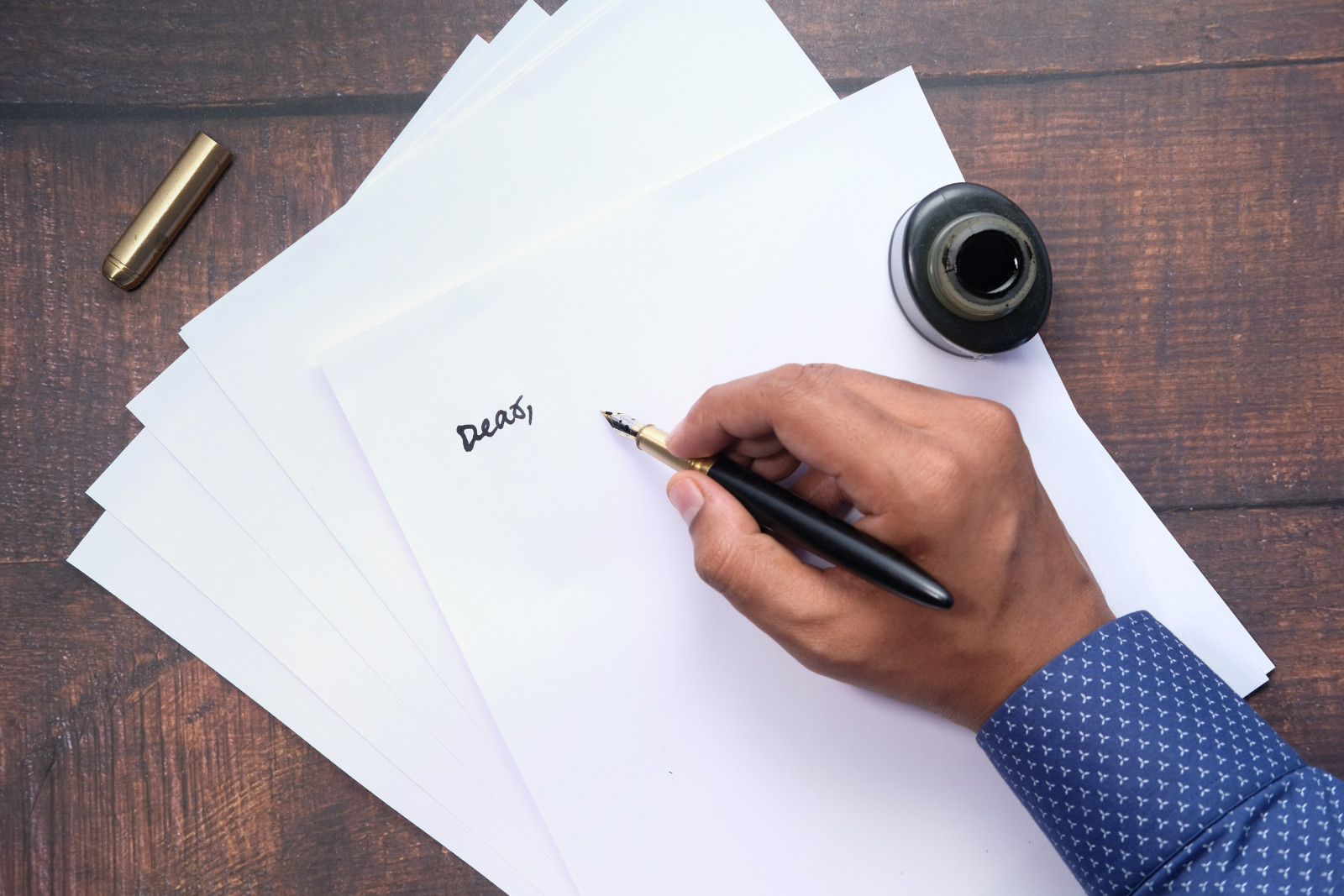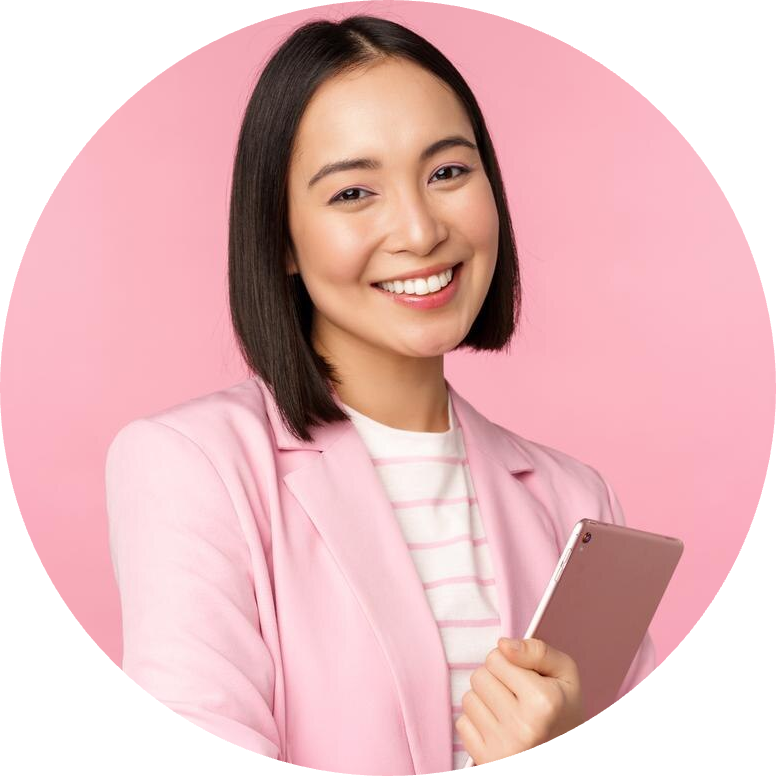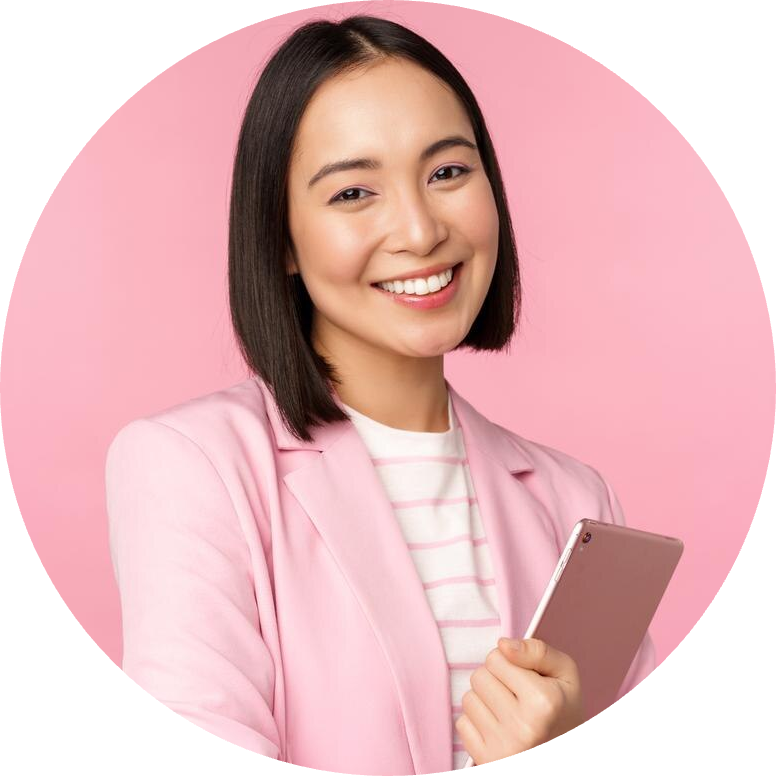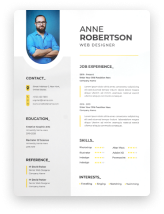In this article, we're going to guide you through perfecting the cover letter for your next job application as a fashion designer. With a blend of creativity and professionalism, your cover letter can open doors to exciting opportunities in the fashion industry. Whether you're a seasoned designer or fresh out of fashion school, mastering the art of a compelling cover letter is key to making a lasting impression. Let's dive into the nuances of what makes a fashion designer's cover letter stand out from the crowd.
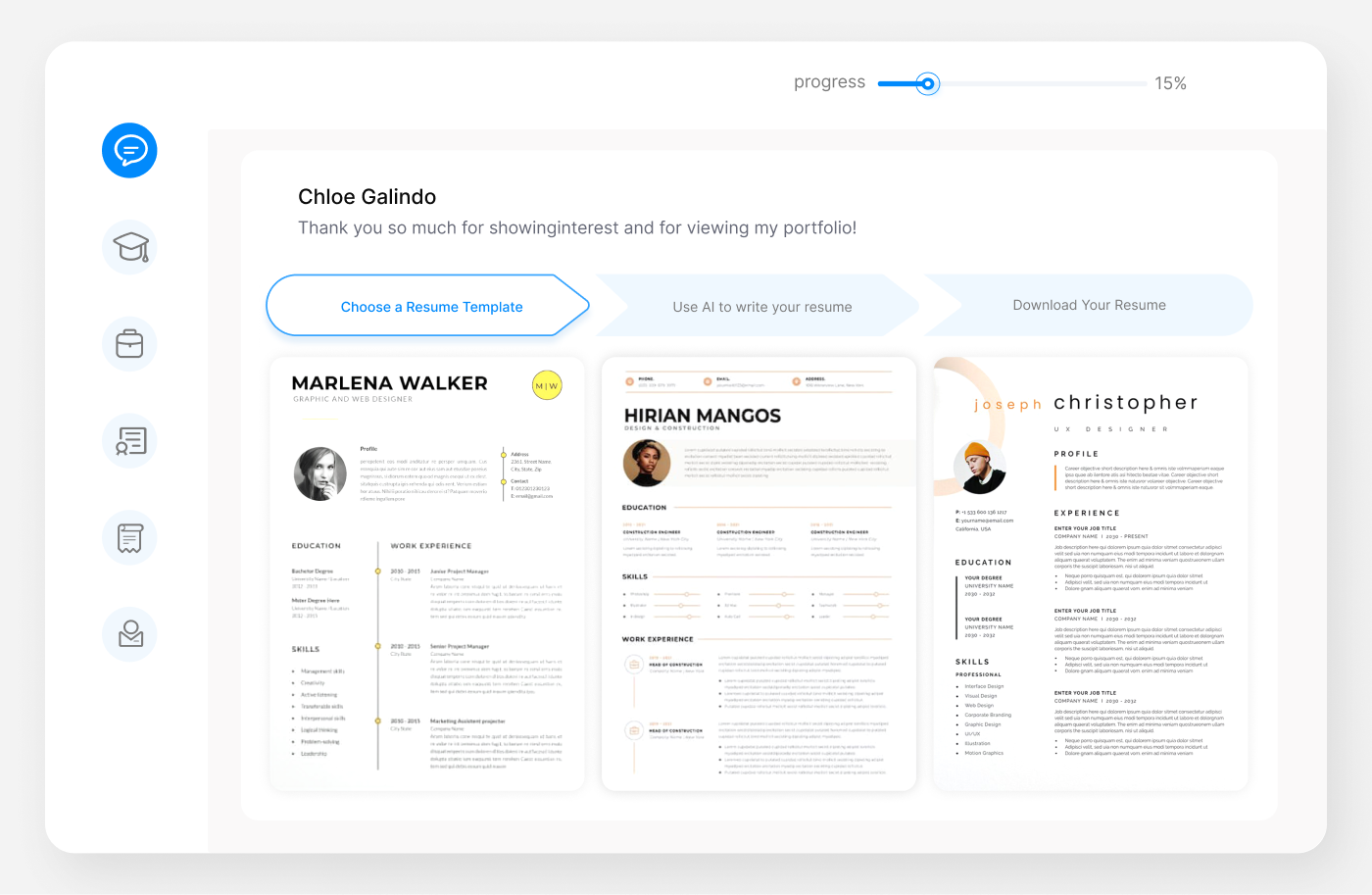
Steps or Template for Writing a Fashion Designer Job Cover Letter
Crafting a winning cover letter for a fashion designer position requires a blend of creativity, industry-specific knowledge, and a keen understanding of what employers are looking for. In the following sections, we'll explore each component of the cover letter, from the initial greeting to the closing sign-off, and provide actionable tips to make your application shine.
Heading and Salutation: The Perfect Start to Your Fashion Designer Cover Letter
A cover letter's heading and salutation are your first opportunity to make a positive impression. It's essential to get these details right to set the tone for the rest of your letter.
Heading
Your cover letter's heading should include your contact information, clearly and professionally presented. Here's what you should include:
-
Full Name: Your first and last name should be at the top of the page.
-
Job Title: Indicate that you are a Fashion Designer, or specify your area of expertise within the field.
-
Email Address: Choose a professional email address.
-
Phone Number: Include a reliable contact number, with country code if applying internationally.
-
Location: City and country are sufficient, but mention if you are open to relocation.
-
Portfolio Link: A link to your online portfolio is crucial for a fashion designer.
Salutation
Personalizing the salutation shows attention to detail. Try to find out the name of the hiring manager or the head of the design department. If you can't find a specific name, use a general but respectful address.
Example Addressing Hiring Manager:
-
Dear Ms. Smith
-
Dear Alex Johnson
Example Addressing Company:
-
Dear Fashion Design Team
-
Dear Hiring Manager at [Company Name]
Remember, the opening of your cover letter sets the stage for the rest of your content, so make it count!
Addressing the Hiring Manager: Personalizing Your Fashion Designer Cover Letter
When addressing the hiring manager in your fashion designer cover letter, personalization is key. It demonstrates your attention to detail and shows that you've taken the time to research the company. This small effort can significantly impact how your application is received.
Tips for Addressing the Hiring Manager
-
Research the Company: Use the company's website, LinkedIn, or industry networks to find the name of the hiring manager or the head of the design department.
-
Be Respectful and Formal: Even if the fashion industry is known for its creativity and informality, maintain a professional tone in your salutation.
-
Use Titles Appropriately: If you know the hiring manager's title, use it. For example, "Dear Creative Director [Last Name]."
-
In Case of Doubt: If you cannot find a specific name, opt for a general but respectful address, such as "Dear Hiring Manager."
Example Addressing Hiring Manager:
-
Dear Mr. Thompson
-
Dear Angela White
Example Addressing Company:
-
Dear Talent Acquisition Team at Versace
-
Dear Chanel Design Department
By addressing the hiring manager correctly, you start off on the right foot, showing that you are a professional who values personal connections.
Opening Paragraph: Crafting a Captivating Introduction
The opening paragraph of your cover letter as a fashion designer is your chance to grab the hiring manager's attention. It should be engaging, succinct, and convey your enthusiasm for the role and the company.
Tips for a Compelling Opening
-
Start with Enthusiasm: Express your excitement about the role and the company. Show that you're not just looking for any job, but specifically this one.
-
Mention a Key Achievement: Highlight a notable accomplishment in your career that's relevant to the role you're applying for. This could be a successful collection you designed, an award you won, or a significant project you led.
-
Connect with the Company: Demonstrate your knowledge about the company. Mention something specific about their brand, ethos, or recent collections that resonates with you.
Example Opening Paragraphs:
-
"I was thrilled to see the opening for a Senior Fashion Designer at Balenciaga. Having led a team that won the [Award Name] for innovative sustainable design, I am excited about the prospect of bringing my expertise in eco-friendly fashion to a brand renowned for its cutting-edge designs."
-
"As a lifelong admirer of Louis Vuitton's commitment to blending tradition with innovation, I am eager to contribute my decade of experience in high-end fashion design to your esteemed team, particularly after your groundbreaking recent collection inspired by [specific theme]."
A well-crafted opening paragraph sets the tone for the rest of your cover letter, making the hiring manager eager to read on.
Main Body of the Cover Letter: Detailing Your Fashion Design Expertise
The main body of your cover letter is where you delve into the details of your professional experience, skills, and specific qualifications that make you the ideal candidate for the fashion designer position. This section should be informative, engaging, and tailored to the job you're applying for.
Highlighting Relevant Experience and Skills
-
Tailor Your Experience: Focus on experiences and projects that directly relate to the job description. Share details about specific collections you've worked on, design projects, or roles that align with the responsibilities of the position you're applying for.
-
Showcase Your Unique Skills: Highlight the skills that set you apart in the fashion industry, such as a particular design technique, knowledge of sustainable materials, or expertise in a certain fashion genre.
-
Demonstrate Industry Knowledge: Show that you're up-to-date with current trends and industry standards. Mention any relevant fashion shows, events, or publications where your work has been featured.
Using Specific Examples
-
Provide Context: When discussing past roles or projects, give enough context to help the hiring manager understand the significance of your work.
-
Quantify Achievements: Where possible, use numbers or statistics to quantify your successes, such as the sales growth for a collection you designed or the scale of a fashion show you contributed to.
Example from Main Body of Cover Letter:
"In my recent role at Yves Saint Laurent, I spearheaded a team that developed an award-winning avant-garde collection, which resulted in a 20% increase in media coverage for the brand. My dedication to merging classic elegance with modern trends was evident in this collection, aligning well with your brand's vision of innovative yet timeless design."
The main body of your cover letter should paint a clear picture of why you are the best fit for the role, using specific examples and experiences from your career.
Ending Section: Concluding Your Fashion Designer Cover Letter
The concluding section of your fashion designer cover letter is your chance to wrap up your argument as to why you are the ideal candidate for the position. It should reiterate your interest, summarize your qualifications, and include a call to action.
Summarizing Your Qualifications
-
Restate Your Interest: Reaffirm your enthusiasm for the role and the company.
-
Highlight Key Qualifications: Briefly summarize the qualifications and experiences that make you a perfect fit for the job.
-
Express Confidence: Convey confidence in your ability to contribute positively to the company.
Call to Action
-
Encourage Further Discussion: Invite the hiring manager to contact you for an interview or further discussion.
-
Provide Contact Information Again: Though it's already in the header, reiterating your contact information here makes it easy for the hiring manager to reach out.
Professional Sign-Off
-
Use a Professional Closing: Opt for traditional closings like "Sincerely" or "Best regards."
-
Include Your Name: End with your full name for a formal finish.
Example Ending Section:
"I am very enthusiastic about the opportunity to bring my unique blend of traditional craftsmanship and innovative design to [Company Name]. I am confident that my hands-on experience and creative vision would be a valuable addition to your team. Please feel free to contact me at [phone number] or [email address] to arrange an interview. I look forward to the possibility of contributing to [Company Name]'s continued success.
Best regards,
[Your Full Name]"
A well-crafted ending leaves a lasting impression and can significantly increase your chances of being called for an interview.
Essential Fashion Designer Cover Letter Tips
In addition to the structure and content of your cover letter, there are several key tips to keep in mind when applying for a fashion designer position. These tips will help ensure your cover letter stands out and effectively communicates your suitability for the role.
Tailor Your Letter to the Brand
-
Understand the Brand's Aesthetic: Research the brand thoroughly and tailor your cover letter to align with their style and values. If they're known for avant-garde designs, highlight your experience in this area.
-
Mention Specific Collections or Campaigns: Reference specific collections or campaigns that the brand has released, and explain how your skills and experience could contribute to future projects.
Showcase Your Creativity
-
Be Creative but Professional: While you want to show your creativity, maintain a professional tone. Use descriptive language to convey your design philosophy or creative process.
-
Include Your Portfolio: Always include a link to your online portfolio. Make sure it's up-to-date and showcases your best work that's relevant to the brand you're applying to.
Demonstrate Industry Knowledge
-
Show Awareness of Current Trends: Mention any recent trends in fashion that you find inspiring or relevant to the brand's direction.
-
Talk About Industry Events: If you've participated in significant industry events like Fashion Week, mention this in your cover letter to demonstrate your active involvement in the fashion community.
Attention to Detail
-
Proofread Thoroughly: Errors in your cover letter can be a major turn-off. Proofread for grammar and spelling, and consider having someone else review it as well.
-
Format Consistently: Ensure that your cover letter's format is consistent with your resume. Use the same font and styling to present a cohesive application package.
By following these tips, your cover letter will not only display your qualifications and experience but also your understanding of the brand and your ability to be a valuable asset to their team.
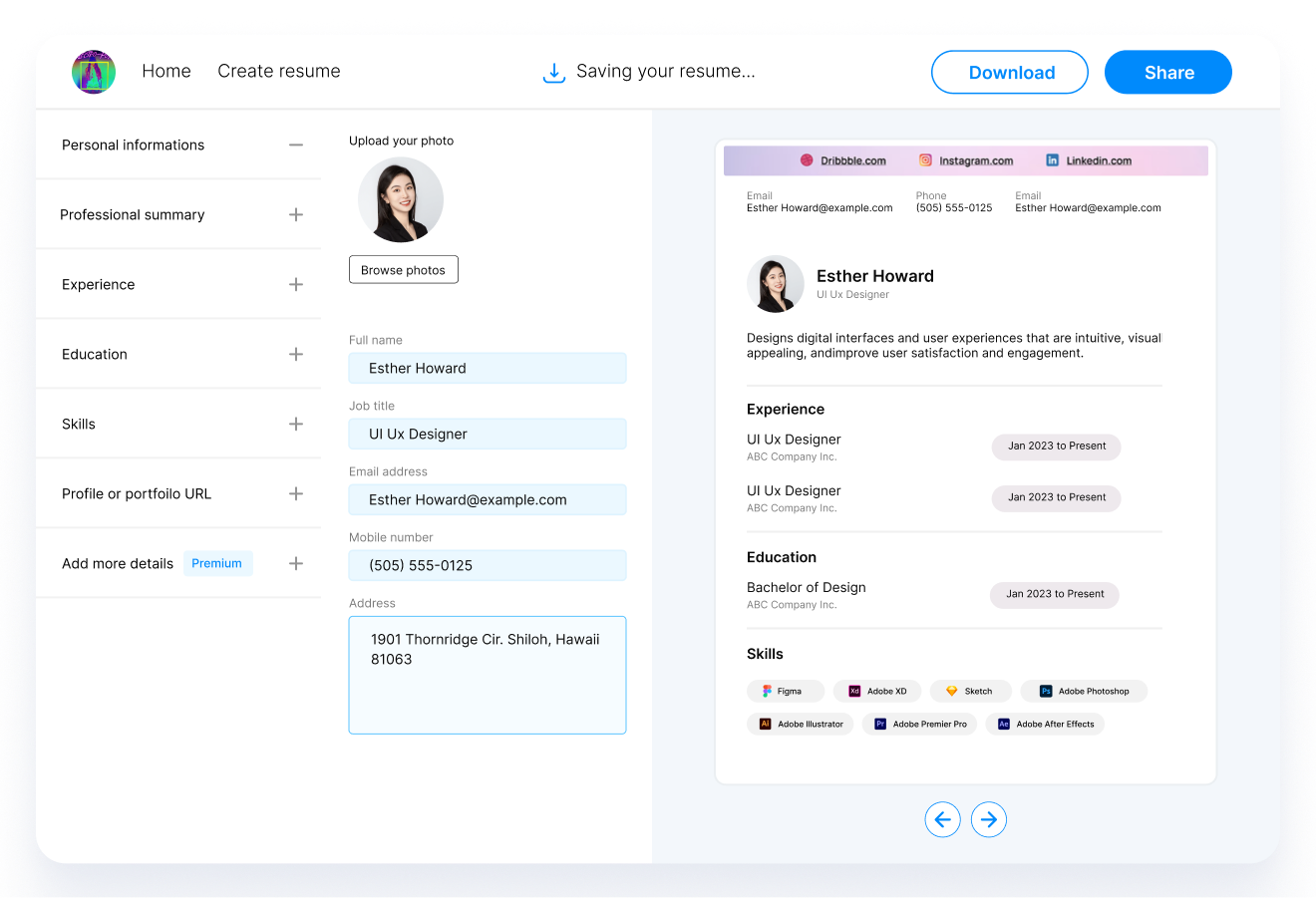
Key Takeaways
As we wrap up our guide on crafting an exceptional cover letter for a fashion designer position, let's revisit the most crucial points that will help you make a lasting impression on potential employers:
-
Personalized Approach: Address the hiring manager by name and tailor the content of your cover letter to the specific brand and position you are applying for.
-
Strong Opening: Start your cover letter with a compelling opening paragraph that captures your enthusiasm for the role and highlights a key achievement or skill.
-
Detailed Main Body: Use the main body of your cover letter to delve into your relevant experiences and skills. Provide specific examples and quantify your achievements to demonstrate your impact in previous roles.
-
Convincing Conclusion: Conclude your cover letter by summarizing your qualifications, expressing your eagerness to contribute to the company, and inviting further discussion or an interview.
-
Professional Presentation: Ensure that your cover letter is professionally formatted, well-structured, and free of typos or grammatical errors. Consistency in style between your cover letter and resume is essential.
-
Demonstrate Industry Knowledge: Show that you are up-to-date with current fashion trends, industry standards, and the brand's recent activities or collections.
-
Include Your Portfolio: Always provide a link to your online portfolio, showcasing your best and most relevant work.
-
Creative Yet Professional: While expressing your unique creative flair, maintain a professional tone throughout the cover letter.
By incorporating these key elements, your cover letter will not only showcase your skills and experiences as a fashion designer but also demonstrate your understanding of the brand and your potential fit within their team. A well-crafted cover letter is your first step towards landing your dream role in the fashion industry.
Recommended Reading



